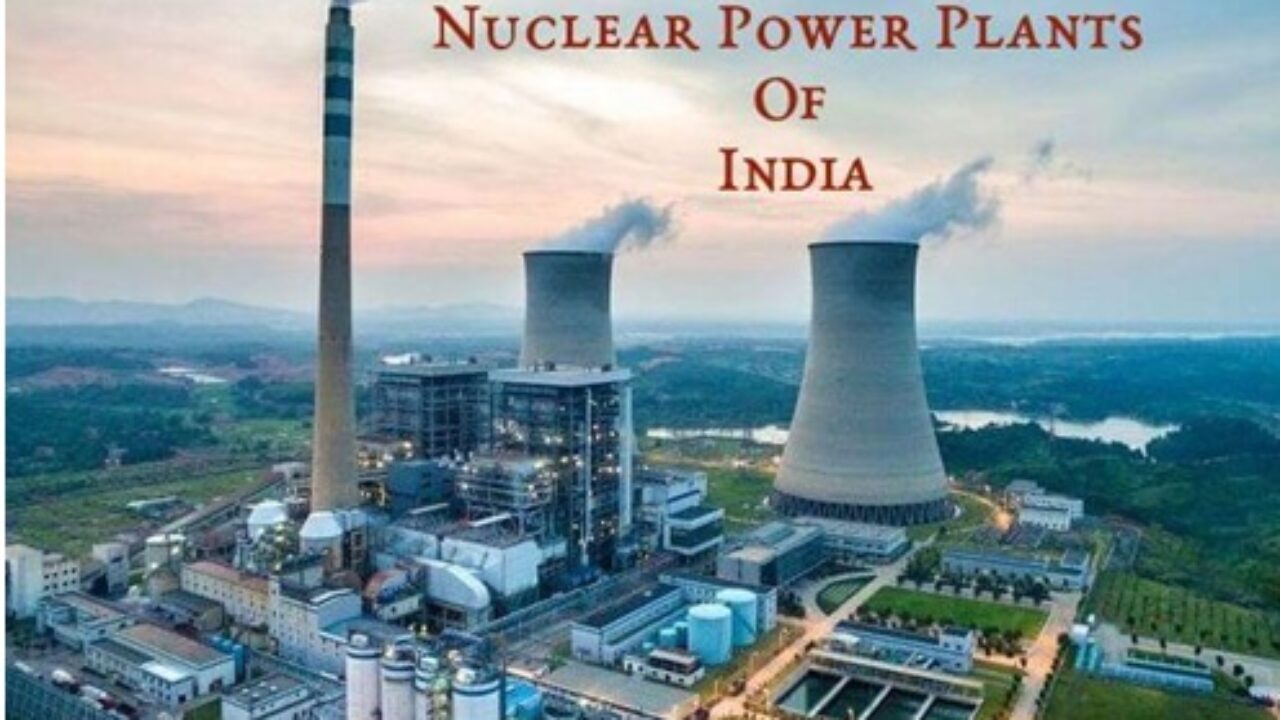India plans to commission 20 nuclear power plants by 2031, adding nearly 15,000 MW in power generating capacity, the government told the Lok Sabha. The first of these 20 nuclear power plants, a 700 MW unit, is expected to be commissioned in 2023 at Kakrapar in Gujarat, which already has three atomic power generating units operational.
Buy Prime Test Series for all Banking, SSC, Insurance & other exams
More About This:
According to a written reply by Minister of State in the PMO Jitendra Singh, the 500 MW Prototype Fast Breeder Reactor at Kalpakkam is likely to be operational in 2024, followed by two 1,000 MW units at Kudankulam in 2025. Two 700 MW units at Rawatbhata in Rajasthan are likely to be completed by 2026, while another two 1,000 MW units are likely to be completed at Kudankulam by 2027, he said. Two 700 MW units are expected to be completed at Gorakhpur in Haryana by 2029, the minister said listing out details of projects under consideration.
Where Will They Be Made:
In addition, government had accorded administrative approvals and financial sanctions for building 10 atomic power units of 700 MW each at Gorakhpur, Haryana (units 3&4), Kaiga, Karnataka (units 5&6), Chutka, Madhya Pradesh (units 1&2) and four units at Mahi Banswara in Rajasthan.
These 10 nuclear power units are likely to be completed progressively by 2031, Singh said. In a written reply to a separate question, Singh said the Kundankulam Nuclear Power Project (units 1&2) had contributed 48,382 Million Units of electricity to the national grid between 2017-18 and 2021-22.
Nuclear Power Plants in India:
There are 22 reactors in the nation running above 80% plant load factor as of 2021, with a combined installed capacity of 6780 MWe. There are four light water reactors and eighteen pressurised heavy water reactors (PHWRs) in total (LWRs). Under Homi J. Bhabha’s direction, India’s nuclear energy programme was started around the time of independence.
The Mumbai-based Apsara Research Reactor is Asia’s first nuclear power plant. India has a little indigenous uranium deposit; hence the country must import uranium from other nations to fuel its nuclear power industry. Russia has been India’s main source of nuclear fuel since the 1990s.




 Weekly One Liners 15th to 21st of Decemb...
Weekly One Liners 15th to 21st of Decemb...
 World Basketball Day 2025 Celebrates Bas...
World Basketball Day 2025 Celebrates Bas...
 UN Celebrates Second World Meditation Da...
UN Celebrates Second World Meditation Da...







